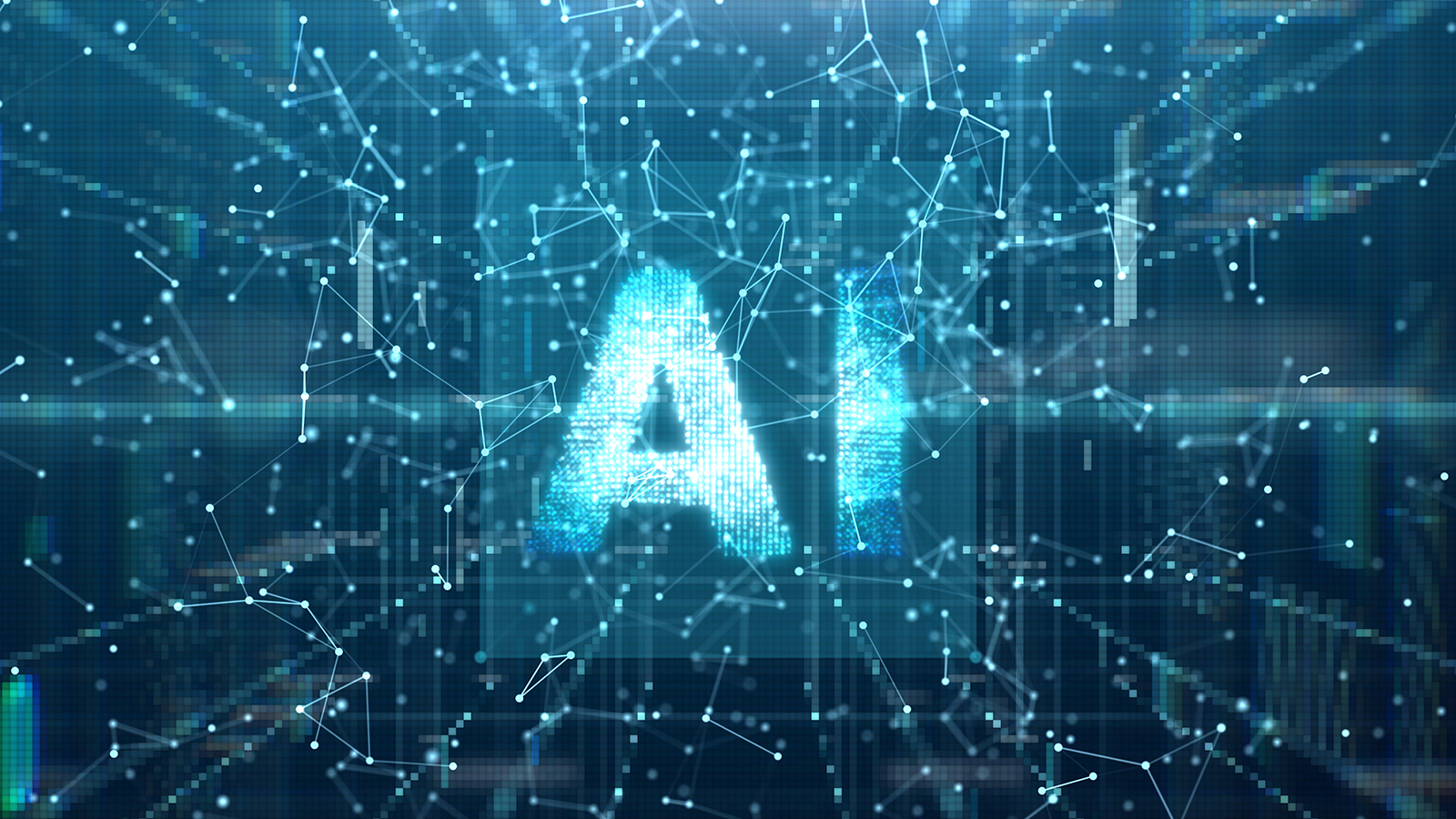
The ascension of generative AI (GenAI) tools, like ChatGPT and other so-called large language models, will likely shake-up the risk management profession, altering roles and responsibilities.
Though this latest wave of AI is still close to its infancy, it could very well eventually give risk managers the power to more effectively mine data, identify and rank threats, and communicate with other departments. Moreover, GenAI has applicability to credit scoring, reporting and processing, and risk modelers are already using the technology to help them write code.
But should financial risk managers worry about whether ChatGPT and similar GenAI tools will make their jobs redundant? Will certain positions be rendered obsolete or will GenAI complement tech-savvy risk managers who embrace the technology, leading to more opportunities?
The answer may be a bit of both.
Certainly, GenAI can process large volumes of data faster than humans. So, at the very least, it may one day liberate risk managers from mundane data collection and reporting tasks, enabling them to focus their attention on more challenging projects – like the analysis and prioritization of emerging risks. However, it is also true that this interactive technology needs guidance (it must be asked the right questions), and there is no doubt that risk managers continue to hold an edge over AI in areas that require more judgment, such as analyzing human behavior.
So, what are GenAI’s possible short-term and long-term ramifications for risk professionals, including aspiring risk managers? Let’s take a closer look.
How Will GenAI Change Risk Management?
Instead of analyzing past data to make predictions, GenAI uses an algorithm or model to create something new based on the user’s instructions, called prompts. In addition to ChatGPT-type chatbots — which create text — the technology includes image generators like DALL-E and virtual assistants such as Siri and Alexa.
Dr. Marco Folpmers, a partner for Financial Risk Management at Deloitte the Netherlands, says we shouldn’t underestimate the disruptive potential of GenAI on risk management. Folpmers, who has written about the potential impact of GenAI on credit risk modeling, uses the technology in his practice and says it allows people to “work in a different way.”
Marco Folpmers, partner for Financial Rsk Management, Deloitte the Netherlands
For risk practitioners who have a strong background in modeling and understand the drivers of risk, it’s no longer necessary to master coding languages like Python and R, as ChatGPT does the coding for them. “They ask the LLM to inspect the data set, hit a button to get the code, then copy it to their statistical environment,” Folpmers explains. “That’s a fundamentally different way of working,”
But its benefits run deeper than just the productivity enhancement that results from delegating coding chores. Whether it’s testing methodologies that a risk manager may be uncertain how to code, or digging deeper into the interaction of variables, GenAI can take the work of a modeler to a new level. “By asking the technology to do the analysis, it expands our possibilities to use fresh techniques and explore areas we otherwise might overlook. You just need to be able to describe them,” Folpmers elaborates.
There is an art to using GenAI, because you must know the right questions to ask. Folpmers thinks being a good prompt engineer will therefore be a valuable skill for risk managers, since how you phrase your request can have a dramatic impact on the GenAI output.
Embrace Innovation – But Maintain Critical Thinking
While some worry about how this disruptive technology might affect their careers, Folpmers doesn’t believe it’s helpful to think this way. “If you’re in the FRM community, you should embrace innovation to make sure that you stay relevant,” he advises. “The innovation is happening, so make the best of it. If you stick to the old ways, your job could be made obsolete.”
Traditional risk management skills, he emphasizes, will continue to be important – particularly since LLMs sometimes make up “facts.” Known as hallucination, this phenomenon can wreak havoc with a model’s output.
As modeling becomes more sophisticated, Folpmers stresses that risk managers must remain critical thinkers and understand the fundamentals of the business. “In that sense, the risk management profession will not change. It’s even more important today that you know the fundamentals, so you can assess the GenAI output critically,” he notes.
Still Required: Human Judgment
When GenAI gains more traction, Folpmers anticipates there will be a shift in the risk manager’s workload, moving away from model input and toward verification of model output. If the AI model’s output is suspect, that should be a red flag to investigate what's happening inside the model, just in case it’s hallucinating.
Humans must also use their knowledge and judgment to ensure that AI models aren’t violating any laws or societal norms by discriminating based on prohibited factors like race or ethnicity. Without insight from programmers, AI models can synthetically recreate these factors and embed them in their decision-making, or even magnify biases.
“Firms need to maintain a critical view on how to deploy these AI techniques in a responsible way,” Folpmers asserts. “So, they will be looking for people who can apply the technology and focus on the specific risks that these methodologies carry with them.”
Placing so much trust and control in systems that are complex and not fully transparent, he adds, can have a significant impact on people’s lives. “That's a real risk, and that's also part of the disruption. We need to educate the FRM community, to help them understand and mitigate these risks,” Folpmers advises.
Tod Ginnis is a content specialist at GARP. He is the author of a GARP blog that is aimed at early-career risk managers and professionals aspiring to earn their Financial Risk Manager (FRM) certification.
Topics: Career Trends